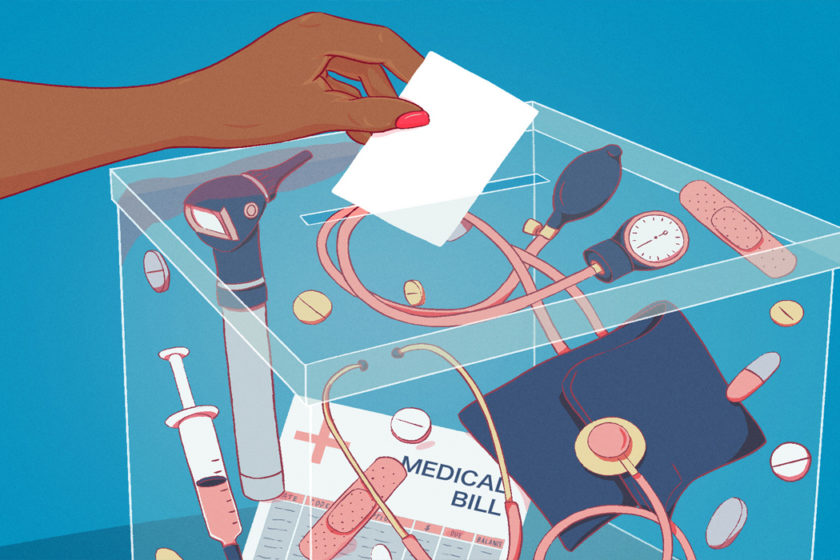
There are three basic kinds of major medical plans. In relation to its comprehensive coverage, consumers hold the collection of first dollar coverage or standard coverage. Alternatively, consumers may elect only supplemental major medical plans. These plans only cover a portion of medical expenses after certain limits are met. However, regardless of form of major medical plan, there are a few expenses which can be, in most cases, universally covered. The following list is neither definitive nor all-inclusive. Instead, their email list is meant as a general rule of thumb guideline in regards to what you can expect to be covered for just your policy.
1. Hospital expenses
These include necessary er care, inpatient services, intensive services for example cardiac care or ICU, medicinal supplies and medications, surgery, emergency transportation services, and doctor’s care during the hospital.
2. Doctor’s care outside of hospitalizations
These services include preventative care, sick visits, regular check-ups, and lab tests. Also included are specialists such as physical therapists, orthopedic doctors and surgeons, and also anesthesiologists and radiologists.
3. Nursing care
Nursing care encompasses services provided both inpatient and outpatient. Included in most major medical plans are private duty nurses, home healthcare service providers, convalescent care, and an elderly care facility care.
4. Auxiliary services
Additional medical expenses including prescription drugs, casts, splints, prosthetic devices, crutches, durable medical equipment including wheelchairs or hospital beds, plus some adaptive items are commonly covered within standard medical insurance plan.
While these covered expenses vary regarding limitations from one insurance company to another location, generally all major medical plans cover these routine medical expenses. One provider may limit the amount of emergency transportation calls they’ll cover in the year or so. Another provider may cover the price of prosthetic devices with a sliding scale, paying 100% on devices to a certain dollar amount and just 75 or 80% above and beyond those limits.
In regards to comparing major medical plans, issues including deductibles, coverage limitations, along with other specifics will have different meaning in different situations. Families might be more interested in deductible requirements in order for a policy to cover routine checkups and sick doctor visits. A single adult under 25 may be more focused on coverage for preventative care. Older couples could possibly be more focused on prescription drug coverage and nursing care benefits. These diverse concerns are what prompts different coverage levels and benefits in order that each company can meet a number of consumer needs.










